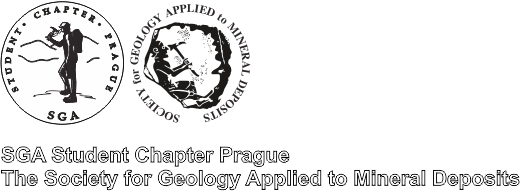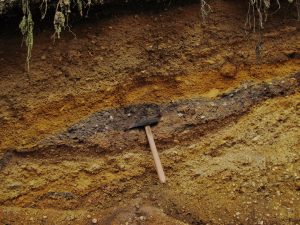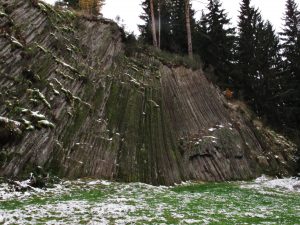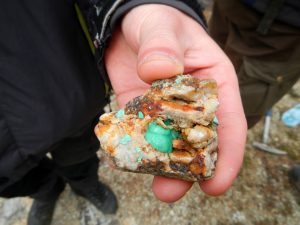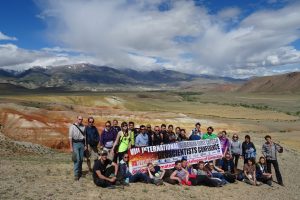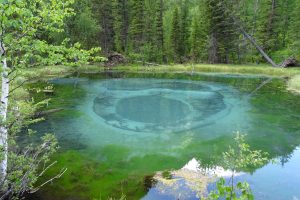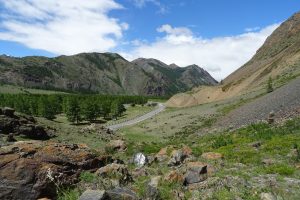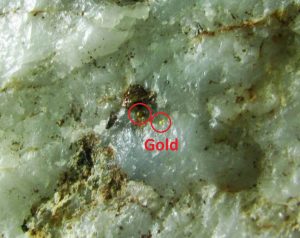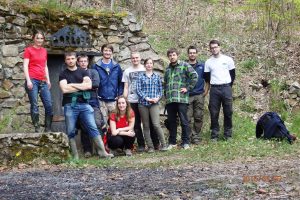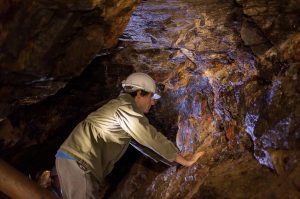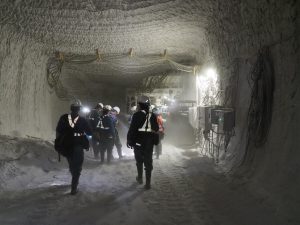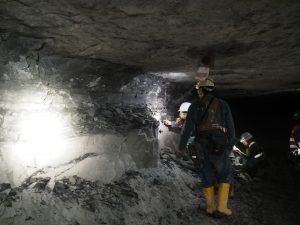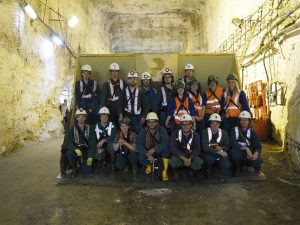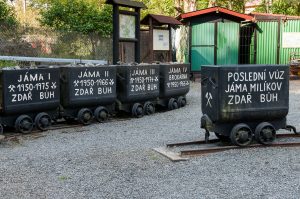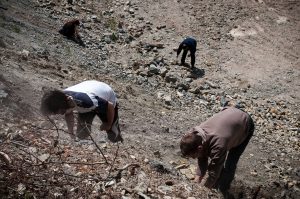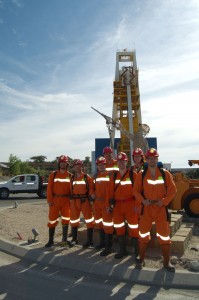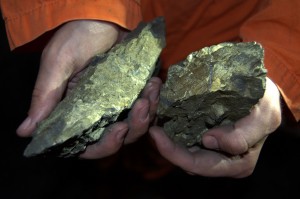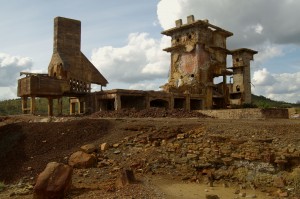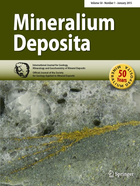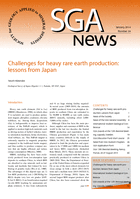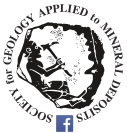Thanks to cooperation with the Moroccan Chapter we organized international field trip to important Morocco bearings, participated by members of Prague Chapter and Moroccan Chapter in 13th to 21th March,2016 . Five czech members flew to Marrakech and visited some interesting deposits in High Atlas area (6th-13th) before the common program with our Moroccan colleagues.

Mibladen area
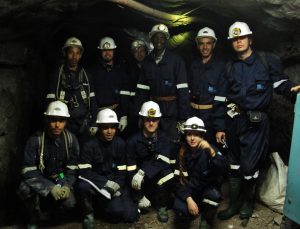
Bou Azzer
Our program started with visiting Mibladen, area with galena mines and world-famous crystals of vanadinates. Then we explored also Taouz (Pb veins), Imilchil (pegmatites) and Imini (Mn ore). Poor vegetation on numerous large outcrops gave us great opportunity to study geology even from car.
In 13th March we met with Mococcan SGA chapter in Agdz and next day we looked at the Bou Azzer mining district and ophiolitic suture zone (Pan-African mineralization of the Anti-Atlas belt (Co-Ni-As) with nice samples of skutterudite).

pyrhotine in shale (Draa Sfar)
In following days our interests were heading to variscan central Jebilet Massif with visiting Draa Sfar Mine (VMS polymetallic ore deposits), the Kettara district (VMS and SEDEX) and the BirN’Has deposit (base metal veins in metapelites and carbonates). Thanks to MANAGEM mining company, we could visit their underground mines.
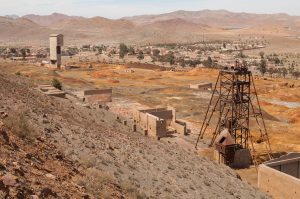
Kettara
Then a Meeting took place at the Faculty of Sciences Semlalia, Marrakech. Prof. Omar Saddiqi (Hassan II University, Casablanca) was talking about the Geology of Morroco. Mr. Mustapha Chaib (ONHYM mining company, Rabat) have been presenting about the Moroccan mining potential. And Mr. Jan Bubal (Prague Chapter) had presentation about the Geology of Czech Republic.
Next field visit was directed to the Azegour Skarn deposit and surrounding areas (Mo, W, Cu deposits; western High Atlas). And the last day we visited Benguérir phosphate deposit (Cretaceous/Tertiary) with OCP mining company.
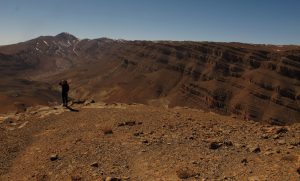
outcrops everywhere
SGA News No 39 page 1
For more photos click here.

